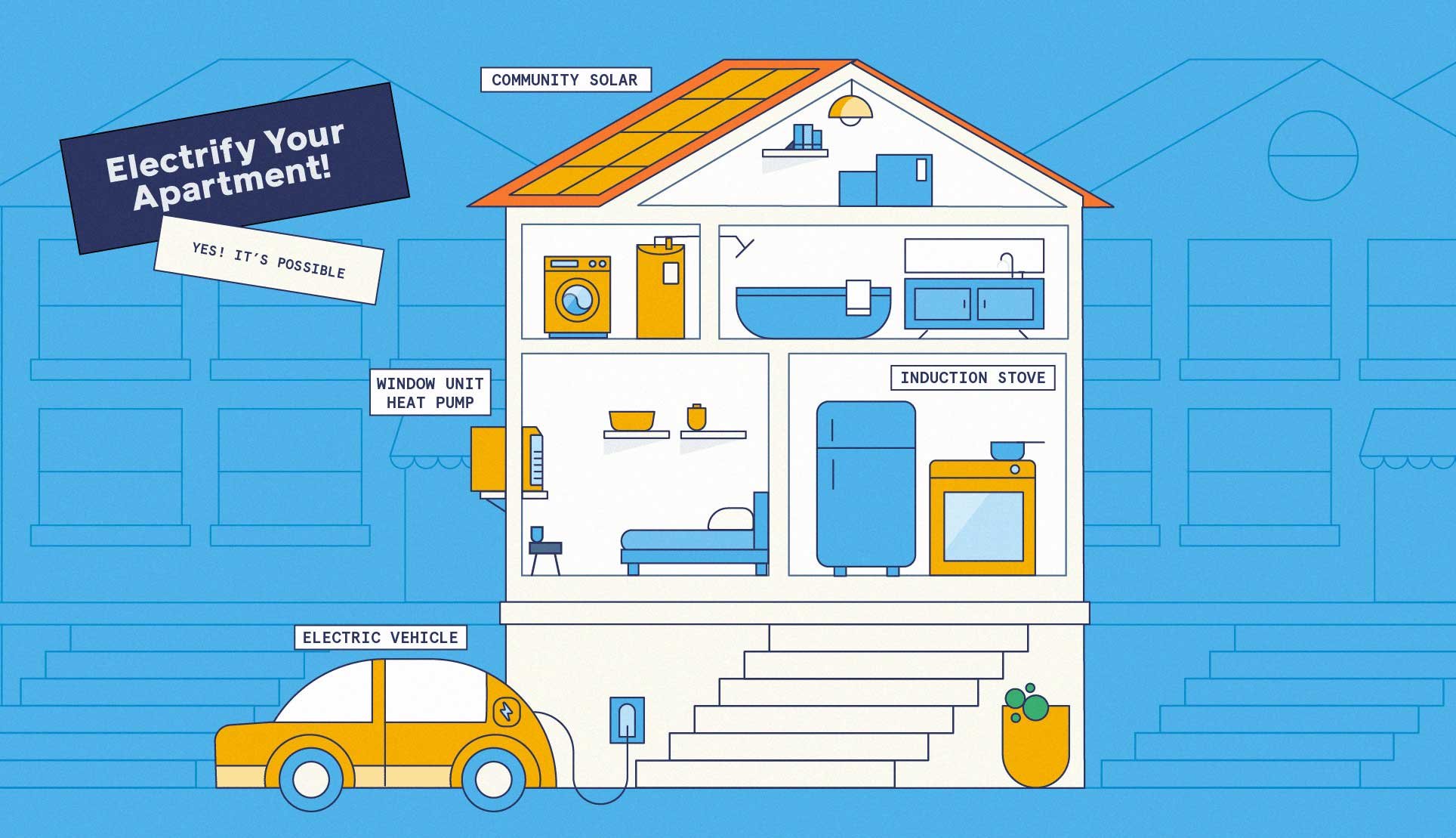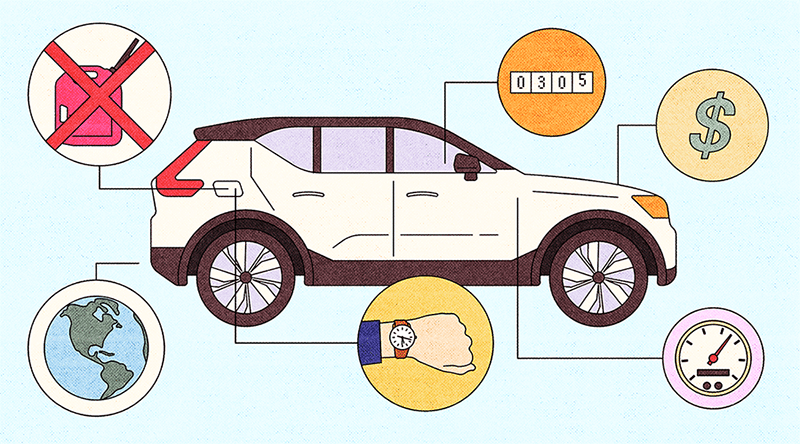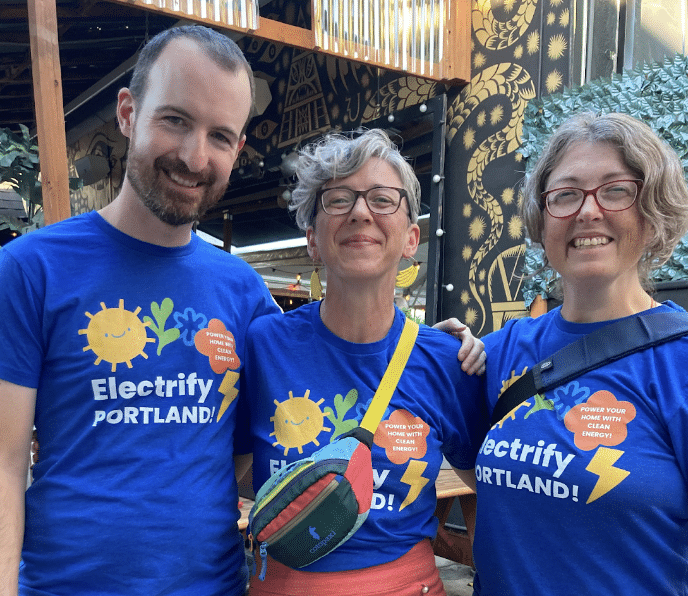Maybe you’re already sold on the benefits of going electric at home and on the road — you know, the lower daily costs, cleaner air, preserving the climate, et cetera. But if you’re one of the estimated 45 million Americans who rent their home, you may be wondering, “What choices do I have?”
Of course, being an owner expands the menu of options to electrify your life, but there are a lot of meaningful steps renters can take. If you’re not familiar, electrifying your life means switching to power from an increasingly clean electric grid in place of fossil fuels for things like commuting, heating, cooking, and other essentials. (Check out this simple checklist as a first step.)
Consider what you can do on your own
By working with your landlord or building owner, you may be able to achieve some changes that benefit you both. We’ll get to those in a few. But to start, make sure you’ve covered the low-hanging fruit. Some simple upgrades can help lower your expenses, if your utilities aren’t included in the rent. The basics, like LED light bulbs, smart power strips, and weather stripping, help save energy.
To move toward replacing fossil fuels at the source, getting a professional home energy audit may be a good start. A renter may be able to use this to convince a landlord to make bigger energy changes in the building. But barring that, a home audit can show which investment will get you the biggest bang for the buck. See the tips here on audits and hiring contractors in general.
If you have a gas stove, consider getting a portable induction cooktop and using that instead as you can just plug it in and use it right on your counter. The best ones are cooler, safer, and don’t come with the hazardous indoor air pollution that gas stoves bring.
You may also be able to bypass the boiler in your building by installing a window unit heat pump, which will provide a source of heating and cooling that you can take with you when your lease is up. The federal government is offering rebates for purchases like these through home energy rebate programs that are administered by states. Check your state’s rules: In Virginia, for example, renters can apply for rebates with written permission from the landlord. Utilities, which often offer rebates and energy efficiency programs, can also be a good resource.
Start a conversation
Other clean-energy switches for renters likely need to involve the landlord or building owner. In the laundry room, an electric heat pump dryer could replace a methane gas-fired one. Hot water might come from a gas-fired boiler that could be replaced with a heat pump water heater. The building’s heat source might be an older furnace that could be swapped with a heat pump system. (In New York, for example, Con Edison has info on a variety of incentive types for multifamily building clean heat retrofits.)
Similarly, charging for an electric vehicle (EV) or e-bike may require savvy building ownership that’s willing to explore bike storage or installing a charger—but not always. Increasingly, “right to charge” laws are giving tenants latitude to install chargers.
Talk with your landlord and provide them with information about all the rebates available to them when they take these electrification steps.
Plugging into the community
Landlords and building owners won’t necessarily make investments in clean energy unless they know tenants value it – and it could save them money. If you rent in a multifamily building, consider holding a meeting with neighbors to discuss upgrades and strategies for getting them implemented. Beyond the building itself, there may also be resources like community solar projects and local clean energy advocacy groups that are worth sharing with your neighbors.
Research shows that you have a lot of influence on your neighbors so it’s worth the effort to reach out and discuss these issues.
Looking for more inspiration? Check out the stories here from people of all backgrounds who have opted in to clean energy through EVs, solar panels, community activism, and more.















